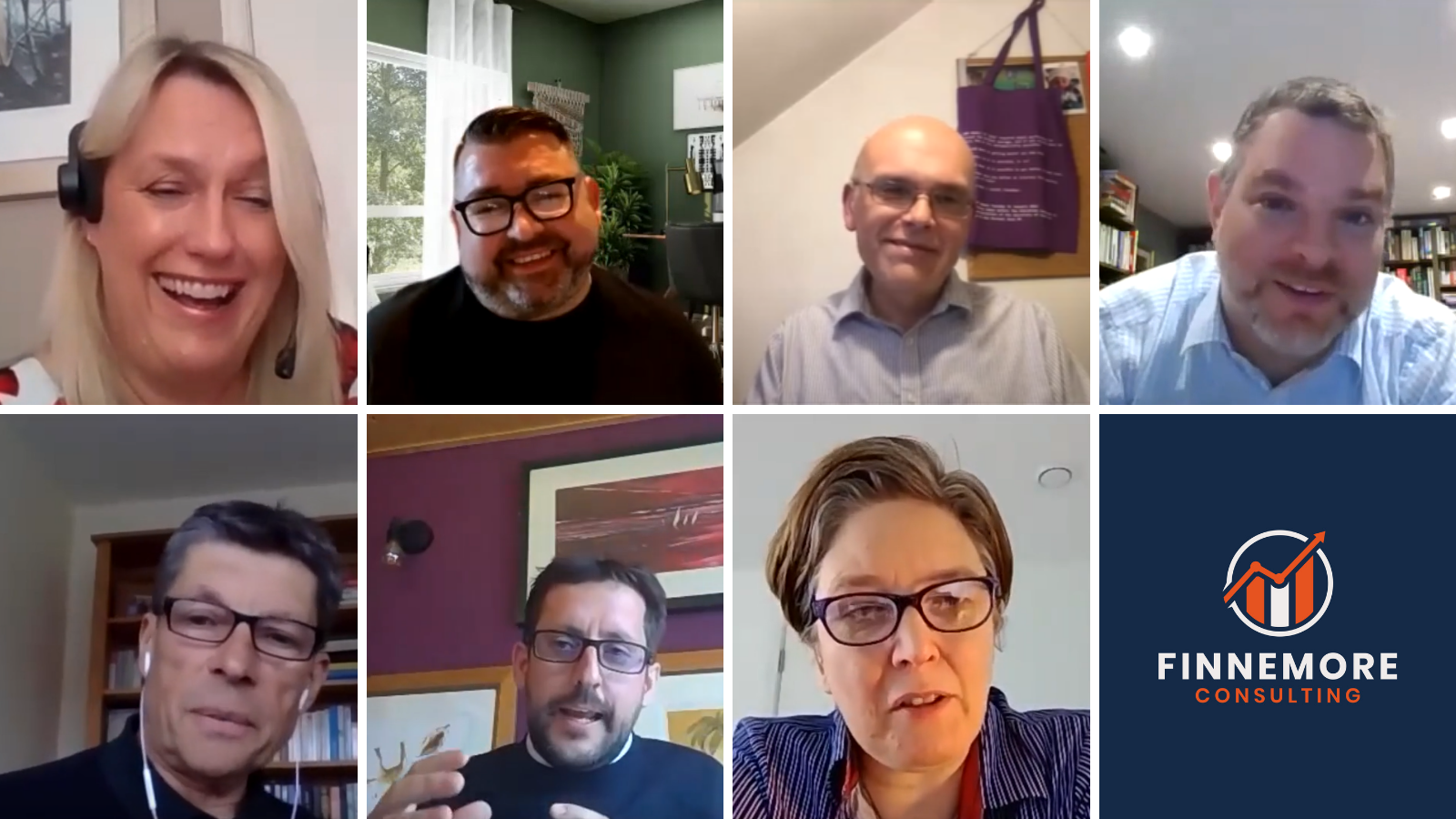We’ve been privileged to speak with even more edtech and industry thought leaders this term, and the insight they provide us and our community is invaluable.
So thank you Tony Lockwood for talking to us about how companies can improve the performance of their products and develop new solutions.
Thanks to Duncan Baldwin for giving us an insight into teaching, his time at Capita SIMS, influencing government as Deputy Policy Director at ASCL and his current Headship.
We were delighted to welcome Winston Poyton back for a follow-up chat on IRIS Education, especially given how much has changed in the world of school management systems in the last 12 months alone.
It’s great to speak with colleagues from MIS support teams as it gives such a unique and insightful view of the landscape, so thank you Keren Wild for getting involved and giving us your perspective.
Sue Macgregor talked to us about Alps Education’s focus on providing the right analytical tools to schools so they have the power to help every student achieve their full potential, thank you!
And finally, thank you to Ian Koxvold of Supporting Education for talking to us about changes across the education sector, what the future might hold in terms of new solutions, and new strategies.
Sarah and I have thoroughly enjoyed making the series, and already have some great sessions ready to go in the new term with industry thought leaders Andy Kent and Jonathan Coyles – watch this space!
Have a great Christmas and see you in 2022!
——————————————————————————-
In case you missed it, here’s a round-up of all our thought leader Q&A sessions from last term.
Subscribe to our YouTube channel and get notified when new videos go live, or join our mailing list for tips on future-proofing, MIS news, growth strategies, and much more.









